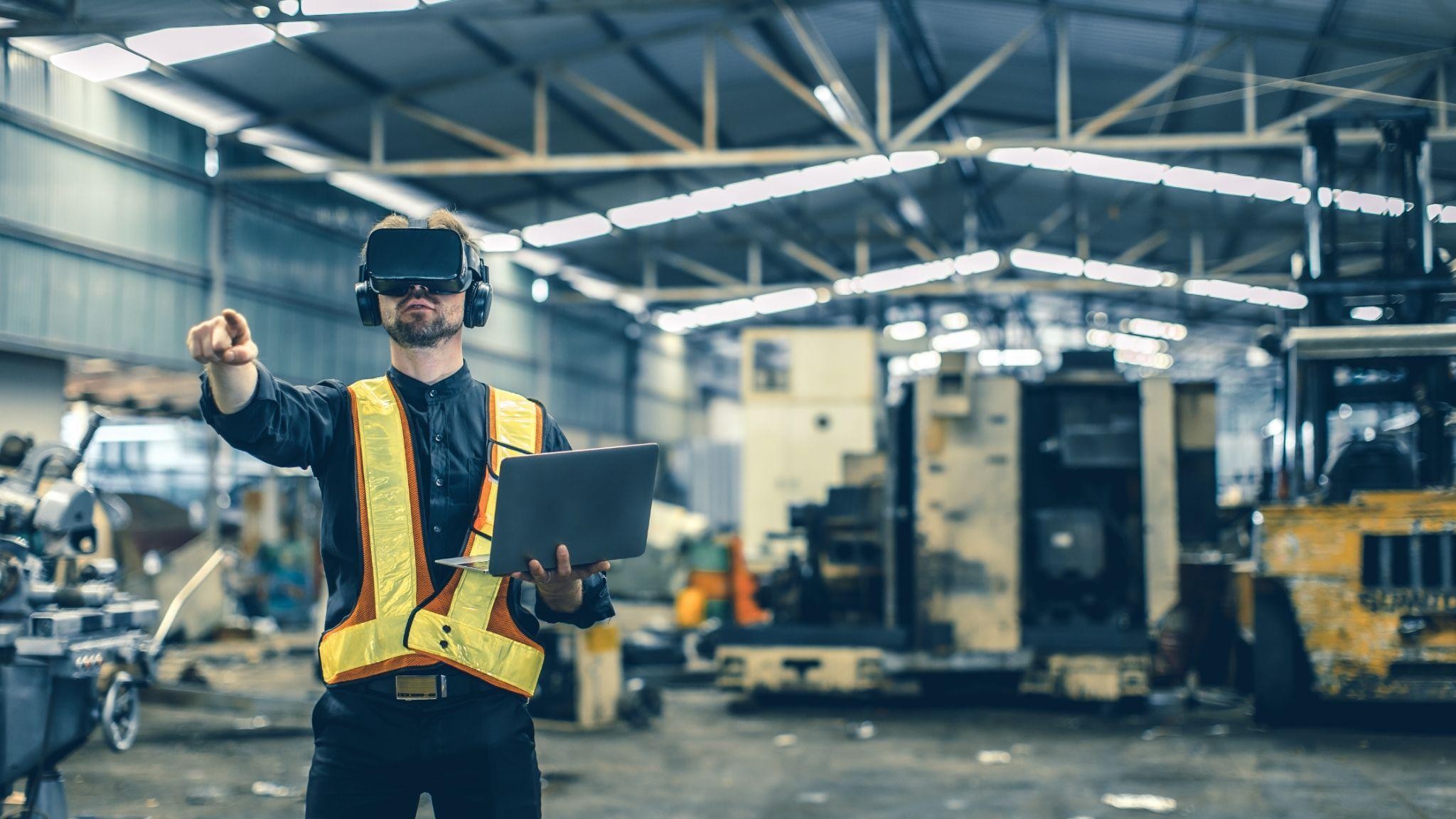Are you looking for computer vision solutions for manufacturing? Do you want to know the applications and the benefits of the CV in manufacturing? We have prepared a detailed blog that covers all the necessary topics regarding manufacturing with computer vision.
Computer vision is one of the branches of AI that has revolutionized various industries. And now manufacturing industries are integrating it into their daily operations. Computer vision has proven results in reducing delivery delays and inventory shortages and improving operational efficiency.
What is Computer Vision in Manufacturing?
Computer vision in manufacturing is a revolutionary step that uses AI and image processing technology to automate repetitive tasks and enhance quality control. When combined with cameras, it can inspect products, track inventory, and monitor machines, which is crucial for improving overall efficiency.
With the help of AI, we are now becoming Industry 4.0, or smart factories are operating on efficient and automated manufacturing systems that are built using AI, connected technologies, and real-time data analytics. Computer vision has played a crucial role in forecasting failures before they occur and has helped companies save costs.
Applications of Computer Vision in Manufacturing
There are numerous computer vision applications in manufacturing. AI has revolutionized the manufacturing industry, transforming thousands of factories into smart factories. When you deploy computer vision into your daily operations, the entire manufacturing cycle benefits from it.
Automated Quality Control
Quality control and assurance are two of the most crucial factors in manufacturing industries like pharmaceuticals, textiles, oil and gas, and more. You offer cost-effective and high-quality products to your clients, which builds a positive brand reputation and reflects well-designed processes with the help of computer manufacturing.
Workflow automation
We know that assembly lines are the backbone of the manufacturing industry; the faster and better they become, the more the company grows. Computer vision has object detection algorithms that automate multiple tasks like assembly verification, part alignment, and robotic guidance, which can enhance assembly line workflow and productivity.
Designing and Testing
Computer vision offers more than just automated quality control and workflow. With computer-aided software, 3D prototyping, and AR/VR, it also significantly contributes to designing products and prototyping. Computer vision has simplified designers’ processes of generating product designs and prototype assemblies.
Packaging
Packaging may be one of the most revolutionized parts of the manufacturing industry. According to data, companies spend 10 to 40% of their product’s retail price on packaging. Apart from that, human errors are also significant in packaging. By incorporating AI solutions in packaging, you can design packages and automate your warehouse, reducing packaging costs in multiple ways.
Benefits of Computer Vision in Manufacturing
Vision AI for manufacturing offers a wide range of advantages, including industry-specific benefits tailored to specific sectors. The benefits are not limited to just operational movements but extend beyond them.
Increased Efficiency
One of the best things computer vision does is increase efficiency significantly with AI-driven automation of repetitive and time-consuming tasks that reduce human errors and optimize workflows. It also helps maintain consistency.
Cost Reduction
When you integrate computer vision into your manufacturing process, you get access to predictive failure analysis that reduces downtime, resulting in significant cost savings. AI also reduces labor, lowers wastes and optimizes energy consumption.
Innovation and Competitive Advantage
Computer vision in industry empowers manufacturers to innovate new designs with digital twin simulations, faster prototyping and generative designs. AI helps companies stay competitive by reducing time-to-market in this rapidly evolving industry landscape.
Predictive Maintenance Capabilities
AI-driven manufacturing companies can detect and easily predict whether a machine needs maintenance or not based on its operational efficiency. Built with advanced algorithms, computer vision increases equipment lifespan.
Challenges of Computer Vision in Manufacturing
Businesses have numerous applications and benefits due to computer vision, but there are still some challenges that they face. They need to overcome these challenges to get the complete benefits of AI. Let’s understand what they are.
High Initial Investment
AI in manufacturing is very cost-effective in the long run and offers great ROI, but requires significant initial investment. Computer vision requires sensors, high-resolution cameras, computational infrastructure, bots, and more.
Workforce Expertise Gaps
Workforce expertise gaps are one of the most prominent challenges related to CV in manufacturing. It requires a skilled workforce with knowledge of machine learning, AI, and system integration, and many manufacturers rely on external consultants as they lack this expertise.
Resistance to Change
We’ve all heard the claim that “AI will take away your jobs.” When a company introduces computer vision into manufacturing, it causes disruptions and resistance among employees and management, driven by concerns about job security. Building trust is crucial to overcoming this challenge.
Cybersecurity Concerns
AI-powered devices in manufacturing involve connected devices and networks, which raise concerns among manufacturers. If they don’t have proper safeguards, they might expose proprietary information that could disrupt operations.
Conclusion
By the end, we can say that integrating computer vision in manufacturing is a big leap that humans have taken. It has vivid applications and benefits; however, manufacturers still face challenges in fully realizing the benefits of AI. For proper integration of AI vision into your manufacturing industry, you’ll need expert consultants.
